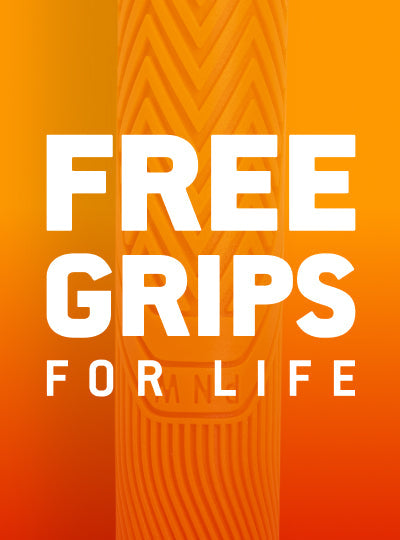We think handlebars might be one of the most overlooked aspects of a riders' experience on the trail. If you’re like us we obsess over tire pressure, grip compounds, and suspension tune, but sometimes we forget that the more static objects on our bike bring in key characteristics to ride quality. This is why we brought the Range Handlebar to market.
We had a ton of fun learning about handlebars in the process and we wanted to pass our thought process on to you.
Material & Heat Treatment
From the start, we knew we wanted to make an alloy bar. This compound really speaks to who we are as a brand. Alloy is durable, ensuring you can love it for the years and miles to come, and the production involved allows us to pass more savings on to our customers. And while we aren’t necessarily weight weenies here, we are excited to bring one of the lightest alloy bars to the game at 300 grams.
So, what makes up this handlebar? In the bike industry we throw around the word alloy a lot, but within this catch-all term there are subtleties in the material that make a difference on the trail. Choosing the right mix of alloy was a key factor in our development process.
The majority of handlebars out there use a 6000-series alloy, this is the Honda Civic of alloy compounds. It’s reliable, inexpensive and gets the job done. To save on cost, 6000-series alloys use silicon as part of the mixture instead of a superior element like zinc. We respect this and use it in a few of our own products when it makes more sense for cost and performance. But for something as crucial as a bar, we wanted to bump it up to the ultra-premium, 7000-series heat treated alloy, the crème-de-la-crème of materials. In some instances, a 7000-series alloy can even be lighter than carbon. These 7000-series alloys were developed by Japanese engineers for use in aerospace, and because some of us here fall in the space nerd spectrum, we knew this was the alloy we had to have.
After we picked the type of alloy to use, we had to take into consideration the heat treatment process. This helps determine a handlebar’s longevity and ride quality. Heat-treating is when an alloy is baked at high temps to further forge the material together to increase hardness and durability. There are many styles of heat-treatment, but the majority we see in the bike world is T6. By removing the alloy from heat treatment at peak stiffness, T6 creates a very hard product. While this is great for overall durability, what does it do for ride quality? We’ve found that T6 can make for a harsher ride and in some cases, make for a brittle bar than can crack over time. To make a suppler bar, we went with the T73 heat treatment process. This keeps the bar in heat treatment for slightly longer, giving the alloy compounds a better bond and in our opinion, better ride quality. It also reduces the brittleness of the bar, preventing cracking over time.
Of course, this material and heat-treatment process isn’t cheap. But we’ve always had a commitment to our customers to deliver the highest quality products at the best prices, so we chose a 7075-T73 heat-treated alloy that delivers on our promise. Lightweight, durable, but priced at where most 6000 alloy bars are.

31.8mm vs. 35mm diameter
Looking around the industry, larger diameter handlebars are appearing all over the place. You may even have a 35mm diameter bar on your bike now. But is it “better” than the traditional 31.8mm standard?
Well, short answer from our findings is that they aren’t. The bike industry loves chasing trends to sell more products, no shame in it, as that’s how some of the better changes take place overtime (look at the dropper post for example). While some of those trends stick, some don’t, and the reasons aren’t necessarily about the rider. If a large brand is dedicated enough to differentiating their product offerings via a new standard, they have the resources to make it happen on a large scale. That’s what happened with the 35mm bar standard.
These 35mm bars were originally created so that manufacturers could get wider bars to pass strength testing without having to spend more on high grades of alloy or have a high defect rate on the production line. While that’s great for them, why is that better for riders? We don’t think it is. During testing we noticed 35mm diameter handlebars tended to be heavier and harsher due to their overbuilt stiffness.
Our 7075-T73 alloy is already a stiff material, so chasing trends wasn’t something we were willing to hang our hat on. By using the traditional 31.8mm diameter standard, we were able to produce a lightweight bar that also rode beautifully.
In summary, we made a very conscious decision to stick with the 31.8mm standard and hope you appreciate it when you’re on the trail smashing through rock gardens. If you don’t, let us know! We love to hear riders opinions. Check out the Range here.







